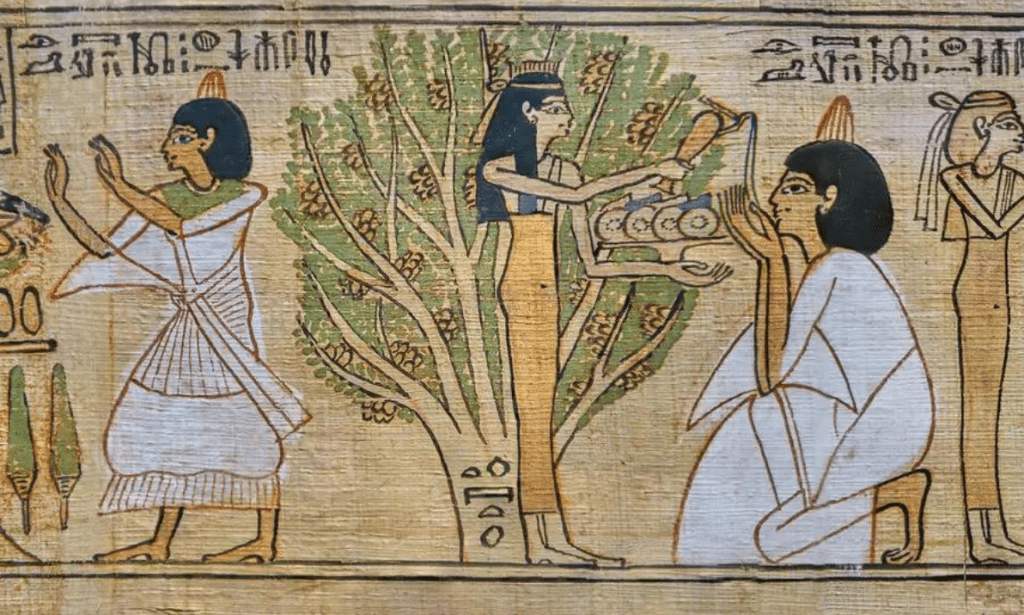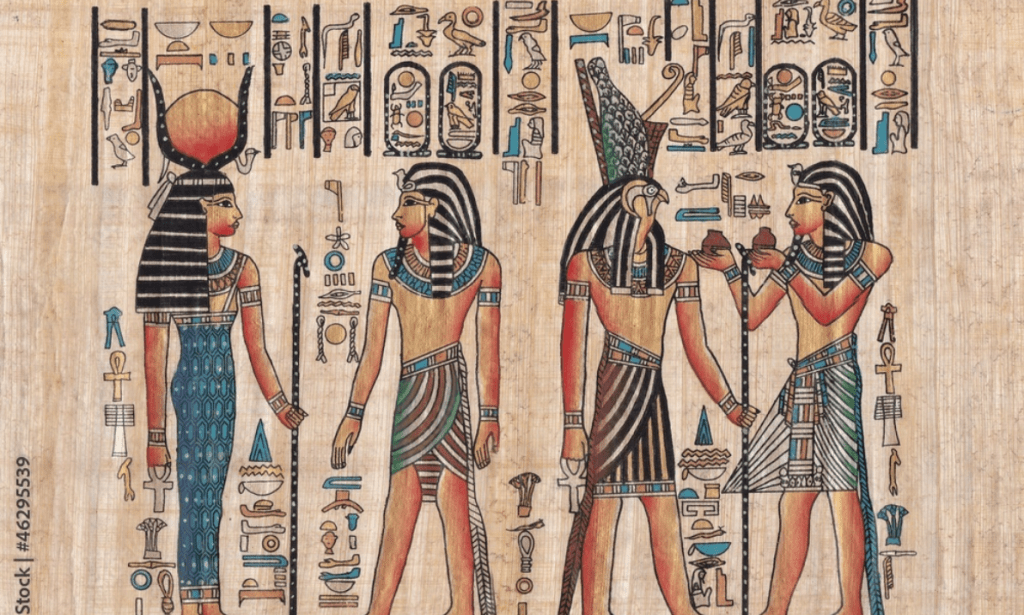Within the walls of the Grand Egyptian Museum, several researchers played around with that green pungent paste we get with our sushi order, the famous wasabi, and made a cool discovery. It turns out that it can be used to preserve ancient Egyptian papyrus.


How, you may ask?
Well, wasabi vapors are potent enough to kill fungi growing on painted papyrus all while not damaging the delicate paper and the appearance of its vivid colors. This out-of-the-box technique could help archaeologists preserve documents written on paper.
The Experiment
Researchers came together and added microbes to samples of papyrus with different pigments, including red, yellow, and blue. They then exposed the papyrus to wasabi vapors for 3 days, after which they found out that all the microbes were killed and the papyrus and its pigments remained intact.
This major discovery is going to help preserve one of the most important pieces of history from ancient Egypt, as the papyrus contains hieroglyphic text that gives researchers a window into ancient Egyptian life.
Wasabi as a preserver has a lot of potential beyond papyrus, as scientists want to also use it to preserve other heritage objects like scrolls and murals, all of which are threatened by microbes.
This is a completely new and innovative trend in conservation techniques and promises a new chapter in the preservation of our rich history.



